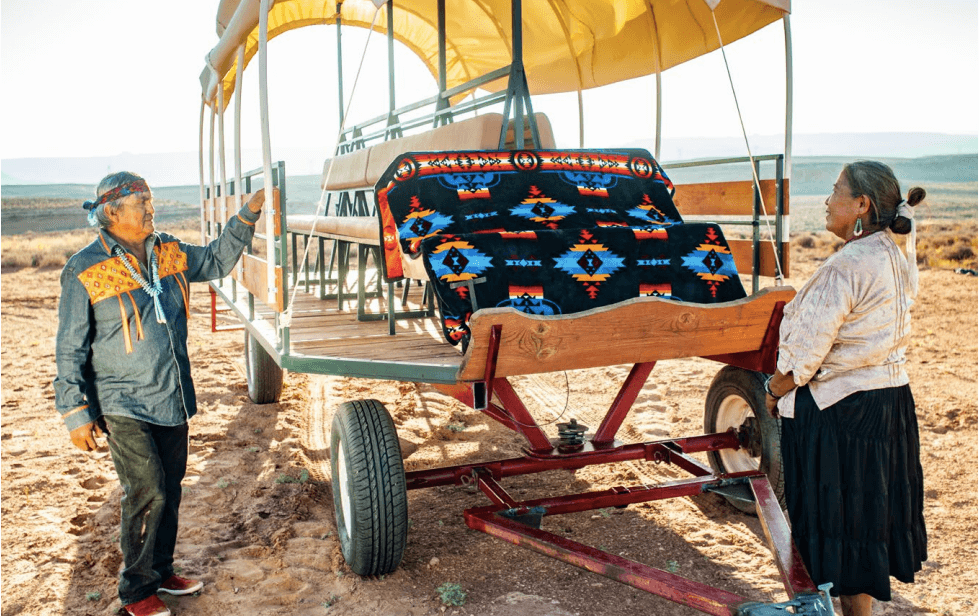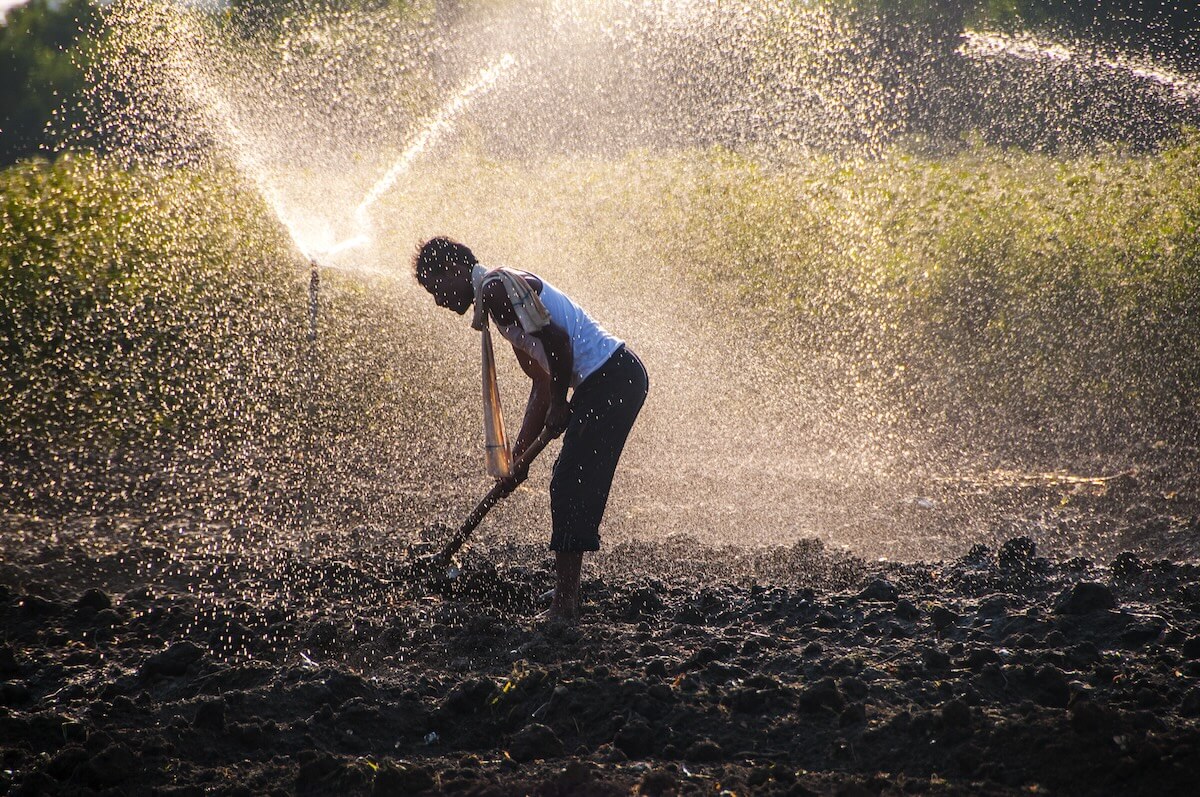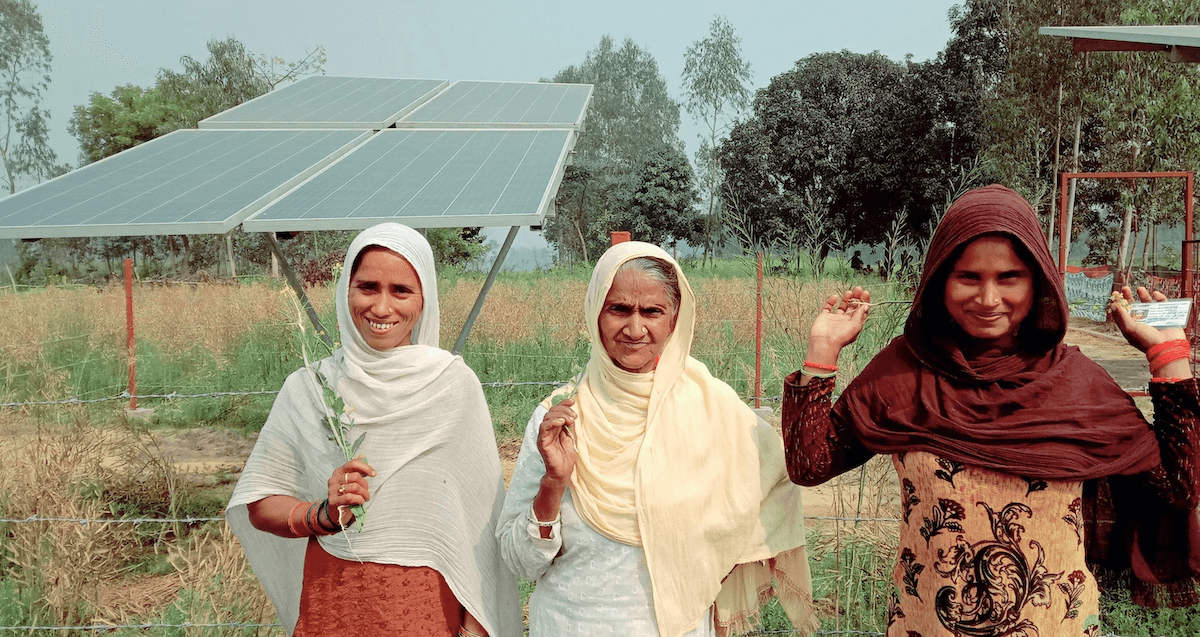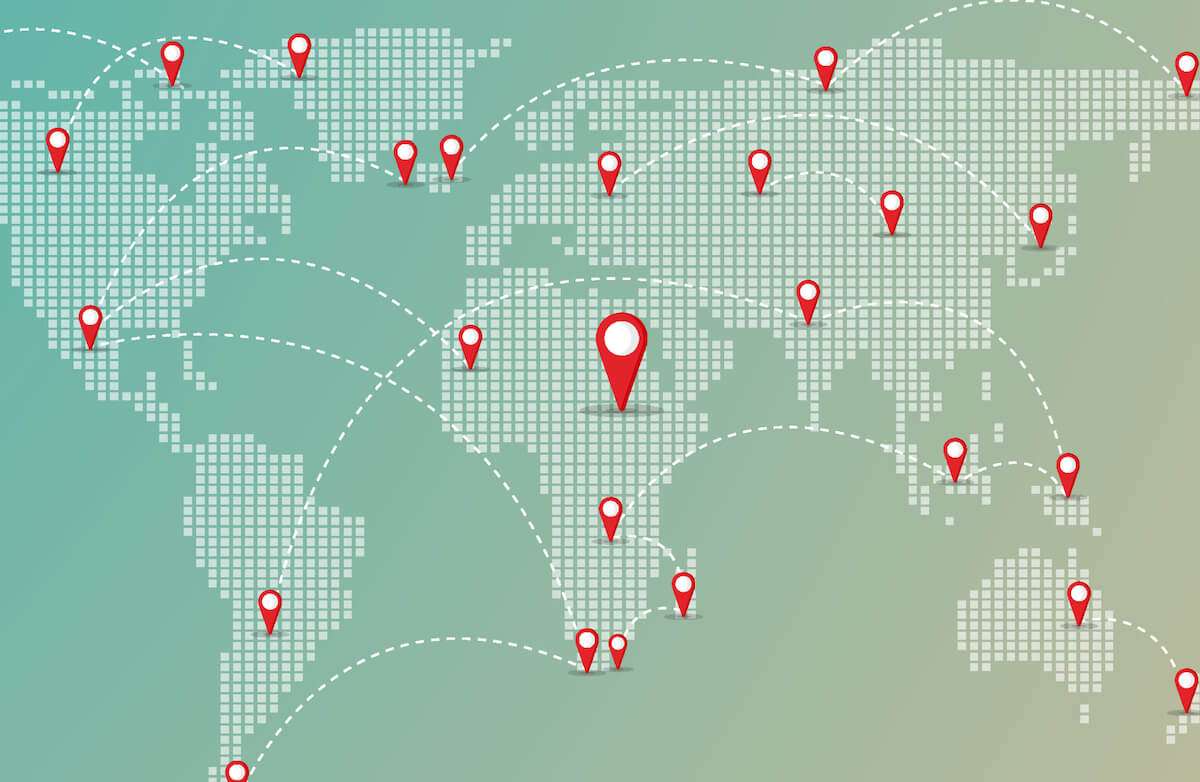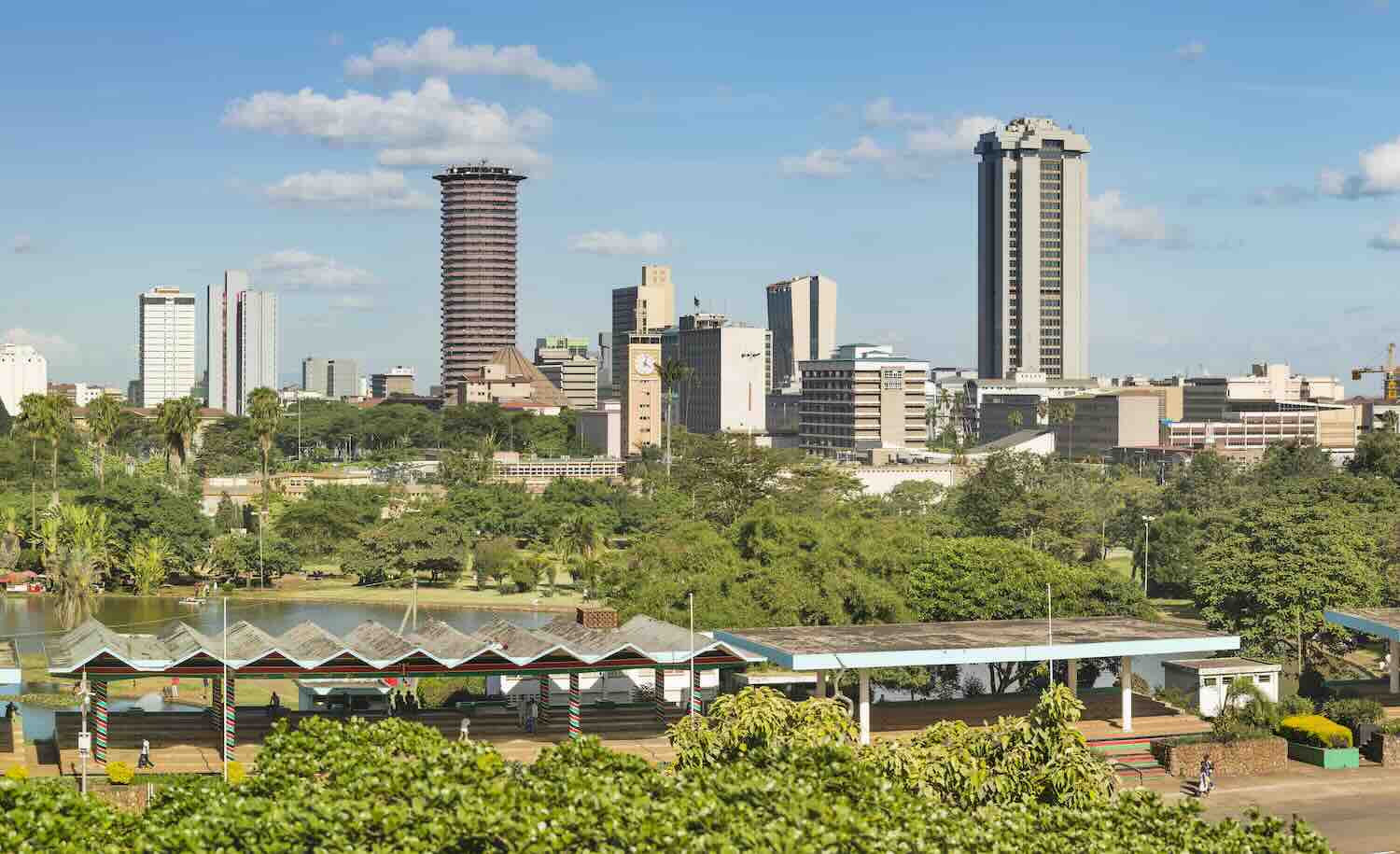ImpactAlpha, December 1 – The Navajo Nation, which includes parts of Arizona, New Mexico and Utah, is one of the hardest places to do business in the world. As the largest Indigenous territory in the U.S., it’s becoming a testbed for efforts to rebuild more resilient Native economies across the country.
The $1.2 trillion infrastructure bill just signed includes about $11 billion for Indian Country. Navajo Nation, where many tribal members lack running water and reliable electricity, is expected to get significant funding for healthcare, water and sanitation, and for tribal water rights.
There are green shoots of private finance as well. Local energy company Navajo Power is developing utility-scale solar projects to support the reservation’s clean energy transition from a 40-year-old coal plant that shuttered last year. Last month, Navajo Power raised $9.5 million, including $3 million in catalytic capital from W.K. Kellogg Foundation.
Business in the pandemic
Early in the pandemic, Navajo Nation had one of the highest infection rates in the U.S. (then subsequently, one of the highest vaccination rates). The disruption only exacerbated existing business challenges, including difficulty accessing land, energy and Internet services, as well as resolving business disputes.
“True economic recovery will not be about returning to the previous way of doing business, but instead focus on adjusting and thriving in a ‘new normal’,” according to The Economic Impact of COVID-19 on Navajo Small Businesses, a new report from Native-led business incubator Change Labs, program evaluator Casual Design and the Navajo Nation Division of Economic Development.
A survey of tourism, hospitality, food and artisanal business owners reveals “devastating accounts of business losses” through the pandemic, as well as widespread personal losses of family and tribal members. Nearly a quarter of businesses and artisans had trouble applying for relief schemes and none of the respondents felt they had access to formal or informal networks for guidance. Supply chain disruptions remain a major obstacle to recovery.
Build back better
Navajo business owners need new types financial support and products to alleviate inventory and supply chain cost burdends. “NNDED should work closely with other levels of government to explore option for providing additional grant or loan support where needed,” the report’s authors advise.
Other recommendations include making the process for applying for relief funding more transparent; establishing a support center for COVID relief schemes; minimizing procedures for accessing business site leases—which can take years to secure in normal times and which abruptly stopped during the pandemic; and accelerating the “digitization and modernization of business processes” as much as the current limited broadband infrastructure allows.
“Access to reliable, high-speed internet will soon be, if not already, a prerequisite for businesses to grow and thrive in any circumstances,” the authors caution. “A failure to address the need for connectivity on Navajo Nation will likely leave Navajo businesses at a distinct disadvantage for long-term growth.”
Sector-specific interventions are also needed, such as a marketing campaign from the Navajo Tourism Department to encourage the safe return of tourists.
“Ultimately, even with financial assistance, small businesses will suffer, and likely fail, without a more normal operating environment,” the report finds, adding, “Emphasizing a Navajo-driven recovery by ensuring that Navajo financial support stays within the community can provide another outlet for supporting local business.”

